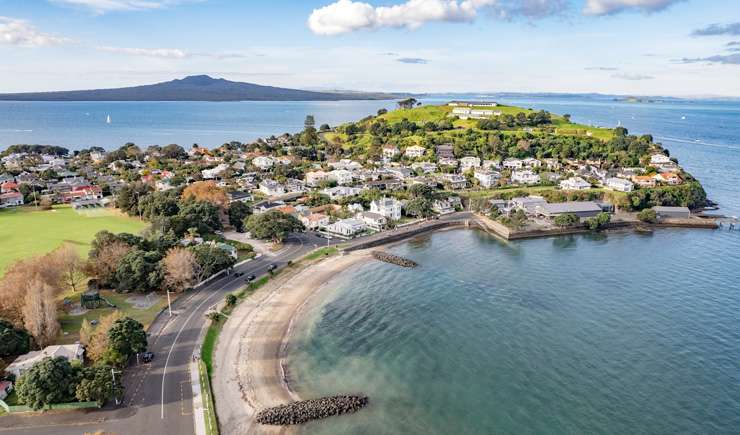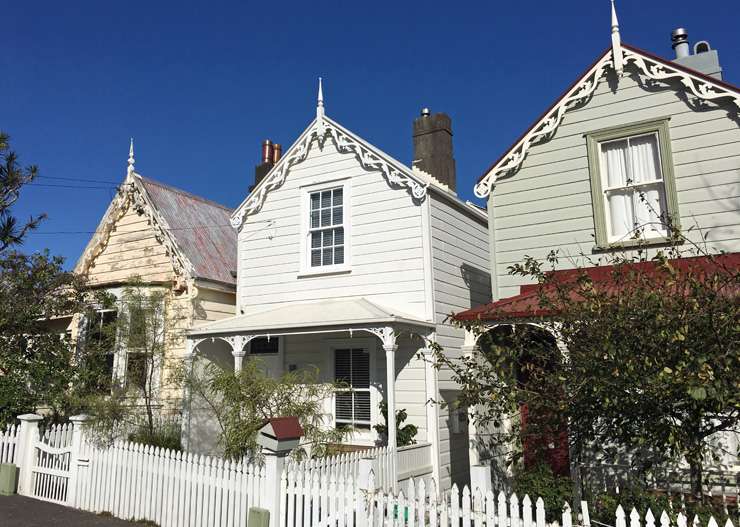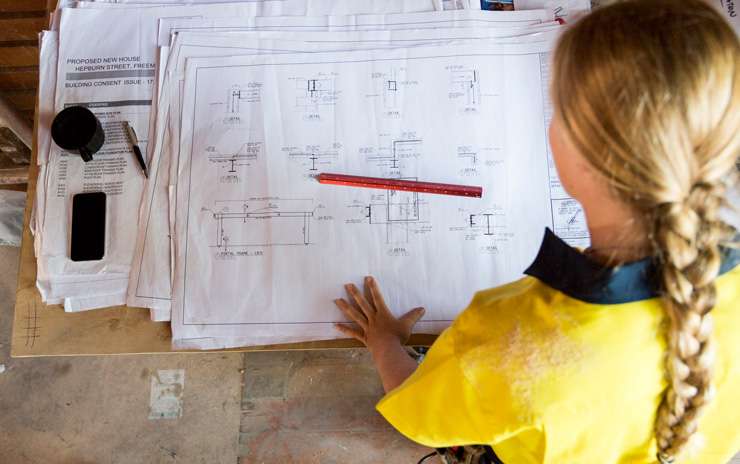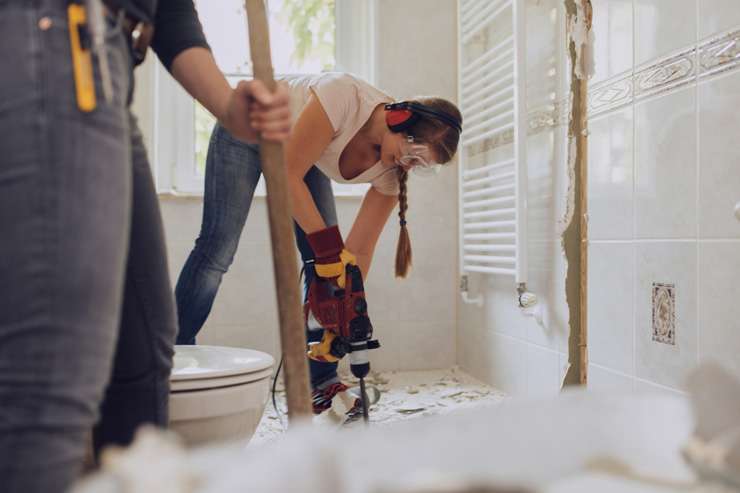Buying your first home is a big step in life. It will take time to find the right property in the right suburb at a price you can afford.
Getting started
We’d all like to live in a beautiful home in a perfect location. Your first home is not your forever home, however.
You’ll almost certainly need to make compromises and start your journey with a more modest home. That might be an apartment or terrace house to begin with before you can trade up the property ladder to a standalone home in your suburb of choice.
Start your property search
Finding the best suburb for you
Consider what’s important to you in a suburb. Depending on your stage of life and priorities, different amenities might be important to you.
Ask yourself questions such as:
• Which schools are in zone?
• What is the proximity to public transport or main highways?
• What about local shops, cafes and night life?
• Where are the nearest parks, beaches or other recreational areas?
Think of how you could compromise. For example, you might be able to move further out of town where homes are cheaper if there is good public transport.
Working out prices
The average property value varies according to suburb. Some suburbs where there are a lot of large expensive homes with water views have a higher average property value, while others on city fringes or dominated by apartments have a lower average property value. But most suburbs have a range of properties within them, which means that even the most popular and expensive suburbs have options for first-home buyers.
You may have grown up dreaming of owning a standalone home on a quarter acre section, but to get on the property ladder you may need to begin with an apartment, or terrace home, that is joined to neighbouring properties.

Devonport on Auckland's North Shore. Some suburbs, like those with waterviews, are likely to be more expensive than those without. Photo / Chris Tarpey
To get an indication of what a property is worth, search for it on OneRoof.co.nz. The AVM (automated valuation model) will give you a good indication of what the property might cost, while recent sales information will tell you what properties are selling for in individual suburbs.
Before you get too far into your house-hunting journey, find out how much you can afford to pay for a home and how much you can borrow by checking with your bank or mortgage adviser (broker). They will look at your savings, salary, spending, and the various costs associated with buying homes such as lawyers’ fees and moving costs. Banks also have useful calculators on their websites that can give you a general indication of how much you might be approved to borrow.
The different types of property
There are three main property types in New Zealand:
• Free standing homes are the most common styles of homes in New Zealand. They are detached and sit on their own section.
• Townhouses are homes that have their own exit to outside, but are usually connected to the neighbouring property.
• Flats and apartments are usually homes in multi-unit blocks or high rise buildings.
Free standing homes are generally the most sought after in New Zealand and sit on larger pieces of land, which means they cost more. The smaller the section the lower the price, which is why town houses will usually be cheaper than a standalone home and apartments and flats the cheapest.
Freehold, leasehold or cross lease?
Freehold: Most traditional homes in New Zealand are freehold where you own the house and the land it sits on.
Leasehold: is where you own the building, but not the land. You pay annual ground rent to the landowner. Leasehold is common overseas, but apart from some apartment buildings isn’t often seen in New Zealand. The lease may be for a fixed number of years, such as 100, after which you no longer have the right to have a home on it. Or the lease can be in perpetuity. The shorter the lease and the higher the ground rent, the lower price the home will fetch when sold.

Check if the home you want to buy sits on leasehold, freehold or cross lease land. It could all the difference to the price you pay. Photo / Getty Images
Cross lease: This is a form of home ownership where each home on a cross-lease section owns a share of the underlying land. Historically these came about when someone subdivided their section into two or three. Instead of each owner buying the land beneath their home, they took a share in the entire land and a lease for the building. Some New Zealanders are hesitant to buy cross leased properties because the ownership structure restricts them from altering or extending their home, and may even limit things like pet ownership or paint colours.
What are body corps?
All owners in unit title developments, such as apartment buildings, automatically become members of the body corporate.
With many apartments you need to budget for annual body corporate levies, which cover the building management, upkeep of shared areas and lifts, insurance and maintenance costs of the building.
Your lender will take into account the body corporate fees when assessing how much you can afford to borrow. Don’t let body corporate fees put you off buying. You’d need to spend money each year on maintenance of a home, so may find the cost of owning is little different whether there is a body corporate or not.
Buying off the plan
Buying off the plan means you sign up to buy a home when it’s a plan only and isn’t built. You sign a sale and purchase agreement upfront and pay a deposit to secure the property, but don’t settle until the home is built.
This has some advantages for first-home buyers.
• Brand-new homes come with a guarantee against defects, and usually they won’t need much in the way of maintenance for the first seven to 10 years. This can be a bonus in the early years when mortgage repayments can be a drain on finances.
• 10% Deposit. You’ll typically only pay a 10% deposit on a new home instead of 20% required for existing homes under the Reserve Bank of New Zealand’s loan-to-value ratio (LVR) rules.
• Some homes bought off the plan can be altered during the build. If it’s a standalone home you might be able to change the design or arrange for cosmetic or appliance upgrades at your cost.
• Typically it’s cheaper to buy a home off the plan than once it’s complete. This is because developers need to secure a percentage of pre-sales to get their finance to build. They’re often willing to sell slightly more cheaply to the first buyers who sign sale and purchase contracts.
There are potential downsides to buying off the plan
Buying off the plan is more risky than buying a turnkey (completed) home. Some of those risks are:
• The developer goes bust and doesn’t complete the build
• The build is delayed and your pre-approval for finance runs out

It's typically cheaper to buy off the pan but there are issues you will have to beware of. Photo / Getty Images
• A “sunset clause” is invoked because the build has taken too long, and the developer cancels the sale and purchase agreement. It may be considerably more expensive by then to buy another home
• “Material differences clauses” are used to make changes to proposed floor or carpark plans, the developer uses the ‘specifications list’ to substitute items that are not always like-for-like
• The home is smaller than it appeared in the “renders” on the marketing material, or it is poor quality when built.
Building a house as a first-home buyer
New Zealand has a long-standing tradition of getting a house built to your own specifications. You either buy a house and land package where the home is built from plans, or you buy the land separately and employ an architect and builder.
The advantage of building is that you get a home that’s uniquely yours in the location of your choice. But there are risks:
• The project may be delayed and your pre-approval run out
• There could be budget blowouts, and do no qualify from the bank for the higher deposit required
• The builder might do poor workmanship, or
• Other issues such as failure to get a 10-year-guarantee on the work
Getting a mortgage on a new build
Turnkey homes where the home is completed before settlement typically involves a 10% deposit at the time of signing up and the remaining 90% on settlement.
With build contracts, the buyer typically pays a 10% deposit and then progress payments as the build progresses. It’s a good idea to seek advice from a mortgage adviser (broker) or bank’s mortgage manager to ensure you understand how these loans work and get the most appropriate one for your situation.
You can use KiwiSaver First Home Withdrawal to pay the deposit, and or withdraw at settlement. The KiwiSaver money must be held in trust or escrow by the developer until the certificate of title and the Code Compliance Certificate (CCC) are issued. Once that happens the sale is settled and the buyer can move in.

Buying a run-down property with an eye to making it your dream home can be a way to get into a more desirable suburb. Photo / Getty Images
Buying to renovate
Many first-home buyers buy fixer-uppers as a way of getting on the property ladder at a lower price.
The two main advantages of fixer-uppers are that they can be priced considerably cheaper than similar homes in the same suburb, and you can grow your equity in the home by doing renovations. On the downside, you will find that doing up a home is nowhere near as easy as it appears on TV renovation programmes. Renovators often underestimate the cost and their own skills. By law many jobs require a licensed building practitioner (LBP) such as a builder or electrician. They can be expensive.
The cost of renovating depends on the scope of the work. Some renovations are aesthetic and others are structural. The latter can be very expensive indeed.
When calculating the cost of buying a do-up house, make sure you factor in the cost of renovating.
You can only borrow to pay for renovations if you’re not already stretched to the limit. Banks will run your application through an affordability calculator and if you don’t have sufficient equity and/or income to make repayments you won’t be able to borrow more.
Valuations
Many homes in New Zealand are sold by auction, tender or deadline treaty without a price on them. It can be hard to know what to bid or offer in that case.
Homes can be valued for different purposes and it’s important to understand what they mean. The council valuation (CV), which can also be called the government valuation (GV) or confusingly because of its acronym, the rating valuation (RV), which are produced for ratings purposes. They don’t give an accurate indication of how much a property might sell for. You can also get insurance valuations, which tell you the cost to replace the home if it’s destroyed.
Real estate agents can give you an estimate of what a house might sell for. Registered valuations (RV) are better to rely on. They often cost around $1000, but will give a more accurate valuation of the home. Valuers are trained to assess the market worth of a property based on an inspection and comparable sales.
A registered valuation will help ensure you a) don’t pay too much for a home and b) don’t offer too little and lose out if you could afford more.
What happens at a house valuation?
When a registered valuer visits the property they do a lot more than simply compare it to nearby homes. They will look at the size and condition of a property, its layout, elevation, views, and surroundings.
Banks often require a registered valuation before they will lend on a property. That’s to ensure that should you default on your mortgage, they can sell the property and recoup their money. If you are buying the house for more than the valuation it’s unlikely you’ll be loaned as much money as you expect.
Building reports and LIMs
Your home is a very big investment. It’s a good idea to get reports done to ensure it’s in good order and there are no surprises.
• A pre-purchase report (aka building report) can identify defects in a home. It’s best to get your own and not rely on one provided by the seller. A pre-purchase inspection by a builder will help you avoid expensive mistakes by buying a property with expensive problems such as rot, leaky roofs, old wiring, and worn out pipes. It can also give you negotiating power when buying, or help you choose between two properties. It’s painful to pay for a pre-purchase inspection just to miss out, and need to pay for another one on the next property.
• A Land Information Memorandum (LIM) is a file held by the local council that summarises the information held on that property. It contains a range of information such as rates information, stormwater and sewerage pipes on the property, consents, and potential erosion, subsidence, slippage or flooding, and the possible presence of hazardous materials.
• The property file contains all the documents that relate to a LIM report such as building and resource consents, and correspondence with the council about the property. Be aware that building work done without consent isn’t included in the file.
--------
>> Next steps: The OneRoof first home buyer's guide part 6 - How the house buying process works









